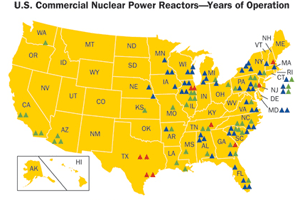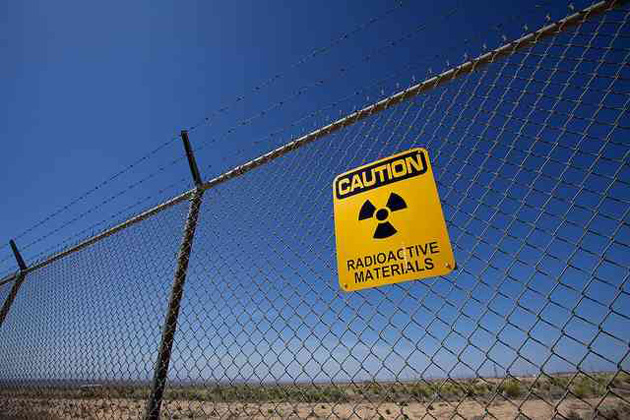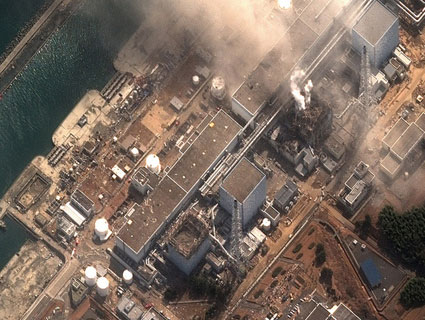
<a href="http://www.flickr.com/photos/gsbrown99/2038238388/sizes/o/in/photostream/">gsbrown99</a>/Flickr.
Fires occur at US nuclear plants a total of ten times a year on average, but most sites are underprepared for the event of a disaster, according to two reports published today by ProPublica and iWatch News. The independent reviews highlight how over the last three decades, industry neglect and gaps in regulatory enforcement have contributed to the risk of fire-induced nuclear accidents at the 104 existing plants across the country. The reports come in the wake of the March earthquake that triggered a leak at Japan’s Fukushima Daiichi reactor, which has resulted in the country freezing its own nuclear power expansion plans. Here are some of the reports’ most alarming findings:
- Fires are often triggered by accidents as likely as a short circuit in an electric cable or a spark igniting oil in a pump.
- Most existing safety plans focus on containing and putting out fires rather than preventing them, and rely on time-consuming manual actions like sending in a worker to activate a pump that will ensure a reactor is shut down.
- At two dozen of the nation’s reactors, spent fuel are stored in unsecured, above-ground pools with potential lethal waste exceeding those stored in Japan. (If a cooler at one of the reactors were to break down, spent fuel could overheat or catch on fire, releasing radiation that could kill people living within 50 miles of the plant.)
- The Nuclear Regulatory Commission, the main nuclear safety enforcement body, has in the past resisted issuing citations to violators, and when it does often exempts them from paying penalties, numbering more than 900 exemptions as of 2001. The NRC does not keep its own list of fire safety gaps, but instead relies on plants to provide them during inspections.
- Most plants are ill equipped to stamp out large-scale fires; reactor owners get away with using electrical cables wrapped in fire-proof materials that have previously failed safety tests.
Nuclear plant fires have not killed any Americans to date, which might explain why the hazard has been downplayed. But shortcomings like fire protection violations make disasters more likely, the Union of Concerned Scientists’ David Lochbaum told ProPublica. And as the map below shows, nuclear reactors are clustered in some of the most dense areas of the US, meaning the risk of fire is simply too dangerous to go unaddressed. “The NRC is to nuclear power today what the SEC was to Wall Street three years ago,” Richard Brodsky, a former Westchester, NY assemblyman told iWatch.











